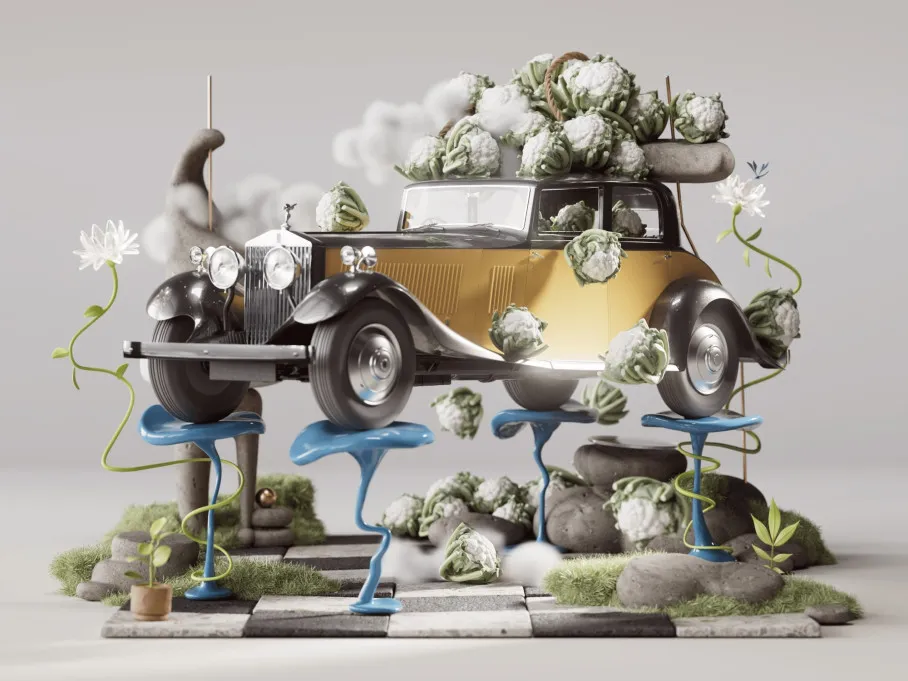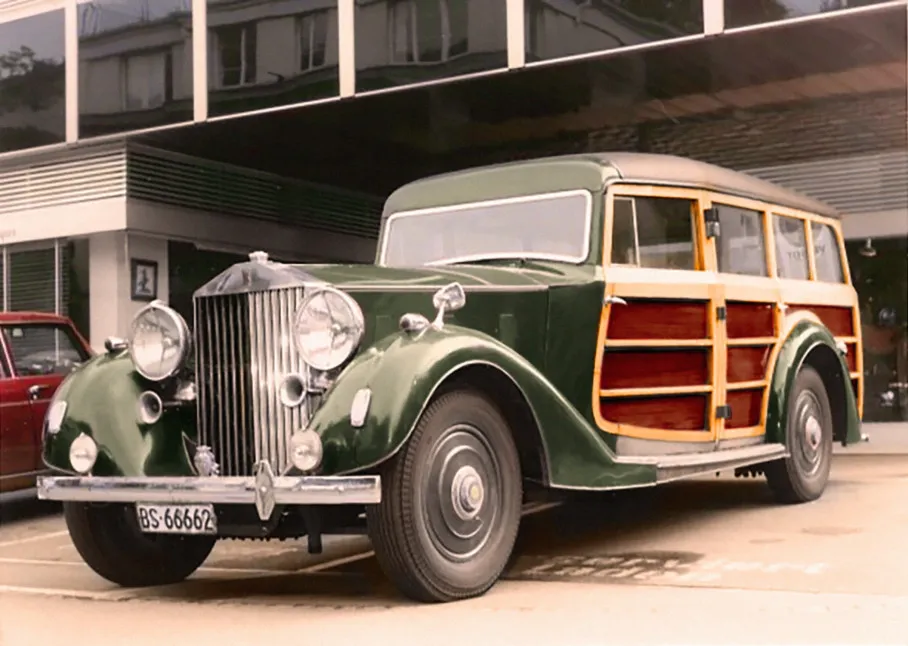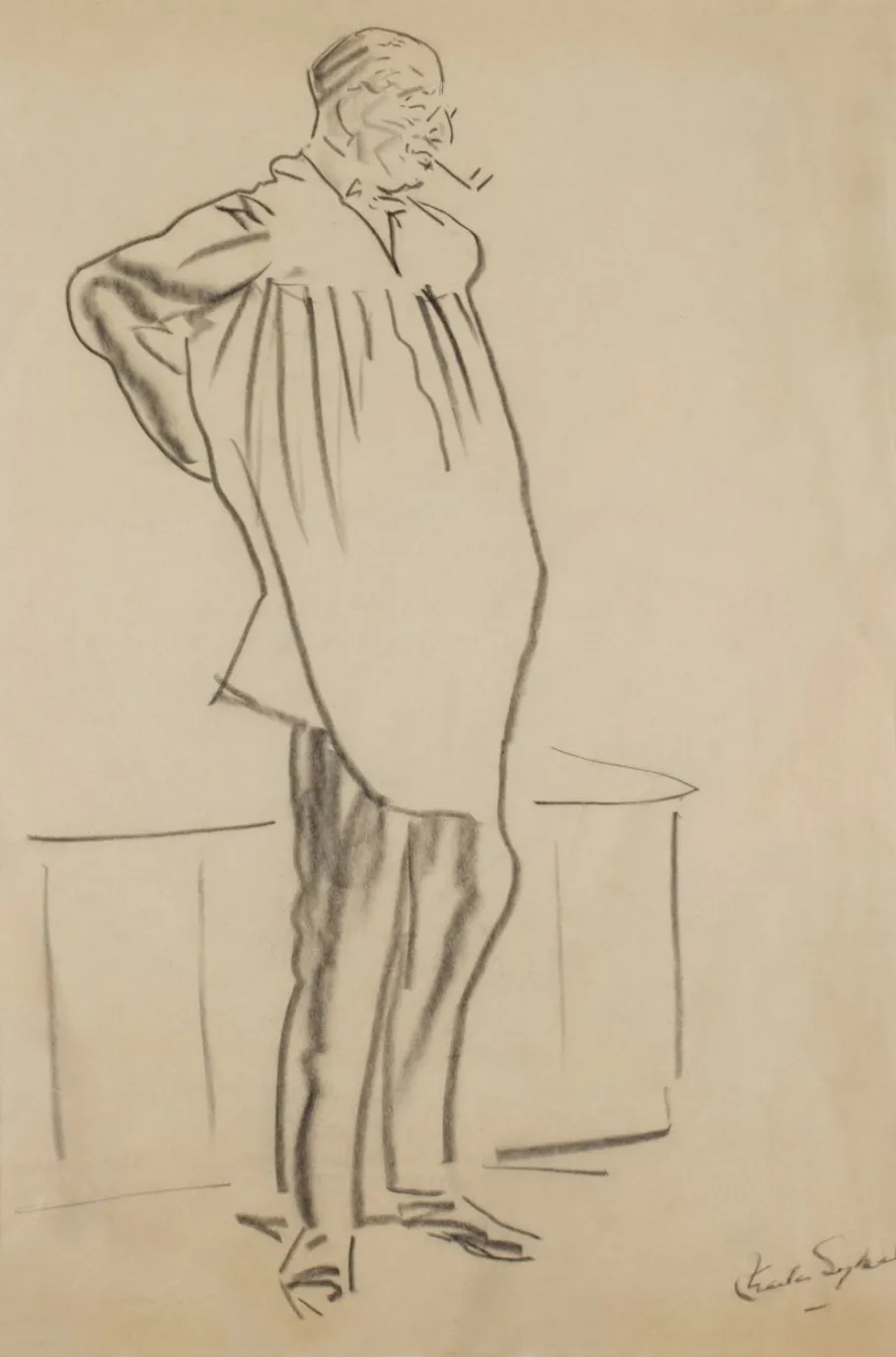Phantom at 100: A Silent Witness to a Century of Art
For a century, the Rolls-Royce Phantom has glided silently through the annals of history, not merely as a mode of transport, but as a moving masterpiece, inseparable from the world of art and creative expression. As it approaches its 100th anniversary in 2025, the Phantom’s legacy as a symbol of refined power, aesthetic innovation, and artistic inspiration is more alive than ever.
A Creative Companionship: Rolls-Royce and the Art World
From the outset, Rolls-Royce has been the motor car of choice for the world’s greatest artistic minds. From Salvador Dalí to Andy Warhol, Pablo Picasso, Henri Matisse, and Cecil Beaton, Rolls-Royce has not only carried artists but has also become a part of their artistic identity. Dame Laura Knight, the first female Royal Academician, even transformed her Rolls-Royce into a mobile studio, painting scenes of British life from within the luxurious cabin.
At the center of this ongoing relationship is the Phantom — a model so iconic, it has transcended its role as a car to become a cultural artifact. Its presence in world-renowned galleries like London’s Saatchi Gallery and New York’s Smithsonian Design Museum cements its status not just as a machine, but as functional sculpture.
Salvador Dalí and the Cauliflower Incident
Perhaps no moment encapsulates the Phantom's surreal legacy better than the 1955 Paris-Sorbonne event where Salvador Dalí, ever the showman, arrived in a Phantom stuffed with 500kg of cauliflowers. The act wasn’t just performance art; it was a bold declaration of artistic freedom and eccentricity. Rolls-Royce is now commemorating this iconic moment by commissioning a contemporary artwork inspired by Dalí's wild ride.
Dalí’s artistic connection to the Phantom didn’t stop there. In his 1934 work Les Chants de Maldoror, he depicted a Phantom in a frozen wasteland — opulent and isolated, embodying surreal contradictions that defined his artistic genius.
Andy Warhol’s Pop Art Phantom
In 1965, in the grand suites of the St Regis Hotel in Manhattan, Dalí met a nervous young artist named Andy Warhol. That encounter would echo through the world of modern art. Warhol, who would later own a 1937 Rolls-Royce Phantom shooting brake, continued the lineage of Phantom as muse.
He purchased the vehicle from an antique shop in Zurich, shipped it to New York, and used it until 1978. To honor Warhol's legacy, Rolls-Royce has commissioned a modern reinterpretation of Phantom in the bold visual language of Pop Art, bridging two centuries of creativity.
Spirit of Ecstasy: Sculpture in Motion
This intimate dance between Rolls-Royce and the art world began with Charles Sykes, who sculpted the now-iconic Spirit of Ecstasy. Inspired by classical sculpture and imagined as a fairy-like figure gliding effortlessly through air, the emblem embodies grace, speed, and silence — the very soul of Rolls-Royce.
Sykes, a trained artist and illustrator, ensured each mascot was a handcrafted piece of art. Until 1948, every Phantom's bonnet ornament bore his personal influence, sometimes even crafted under his direct supervision or by his daughter Jo.
Phantom: Timeless Muse for a New Generation
As Phantom enters its second century, Rolls-Royce doesn’t just celebrate the past — it invites the future. The brand continues to collaborate with contemporary artists, encouraging them to reimagine Phantom not just as transportation, but as canvas and catalyst — a timeless machine that inspires personal expression and creative daring.
From being immortalized in paintings, sculptures, and photography, to playing an active role in defining artistic eras, Phantom remains an icon that evolves without compromise. Its journey through the art world is far from over — it is simply shifting into a new gear.







